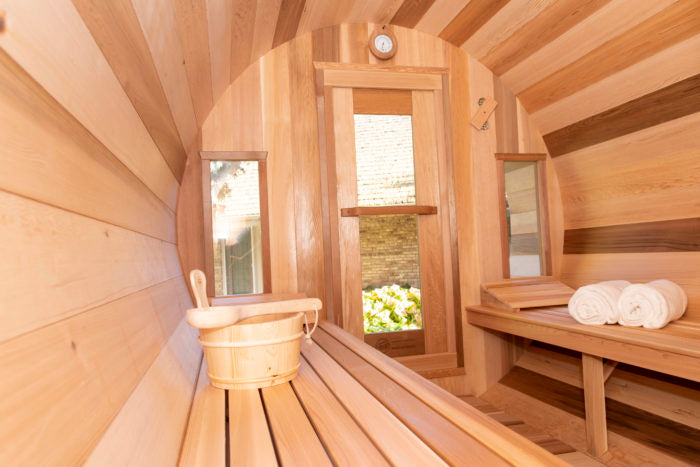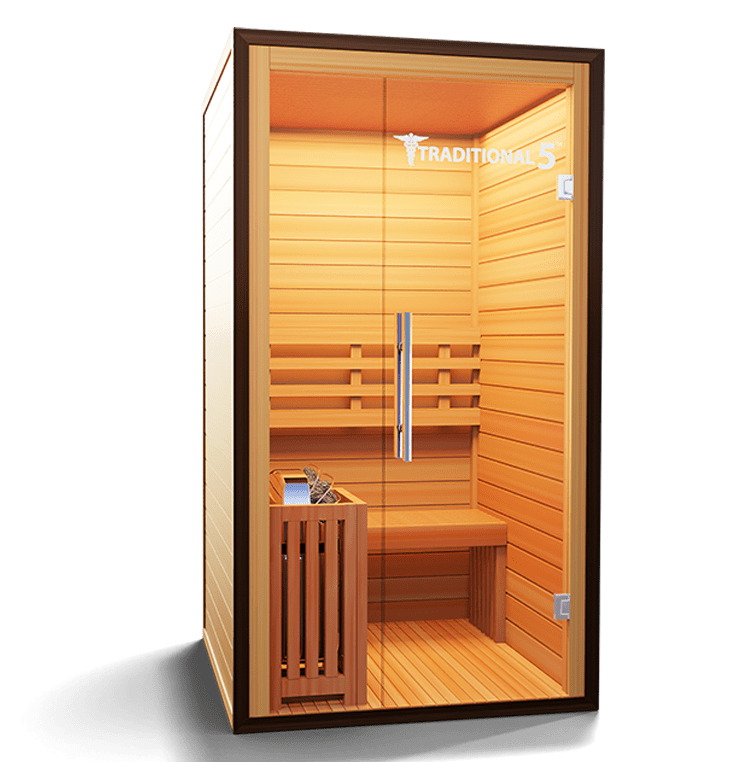The Definitive Guide to Traditional Sauna
The Definitive Guide to Traditional Sauna
Blog Article
The Facts About Traditional Sauna Uncovered
Table of ContentsExcitement About Traditional SaunaWhat Does Traditional Sauna Mean?The smart Trick of Traditional Sauna That Nobody is Talking AboutThe Main Principles Of Traditional Sauna A Biased View of Traditional Sauna
Most of the weight shed in a sauna is water loss and is re-gained upon rehydrating. Without an uncertainty sauna can be a crucial part of a healthy weight loss program. To look at the distinctions in between typical and IR saunas, I will divide these right into verifiable, theoretical, and made differences.Therefore, the most popular factor in the saunawhich goes to the ceiling directly over the sauna heateris generally in between 185 and 190 F. Claims that a traditional sauna exceeds 200 F is simply not true and not applicable for electrical saunas sold in the US. The temperature for a far-infrared sauna is usually established between 120 and 140 F; nevertheless, unlike the conventional sauna, the objective in and IR room is not to attain a heat.
Since of this, the temperature level distinction is nearly unnecessary, considering that profuse sweating results in both sauna kinds, yet the method of heating up the body is different. In an IR sauna the bather will feel warm and will sweat profusely, but at much reduced temperatures (Traditional Sauna). Therefore, if the objective is to invest longer time periods in the sauna, the IR sauna is a good option
When a traditional sauna has actually been properly heated, the sauna wall surfaces are cozy, the air temperature level has actually achieved established temperature level and the rocks are very heated. As an interesting side note, the heated walls and the rocks are releasing far-infrared warm, incorporated with the warmed air, to produce an "enveloping warmth".
Fascination About Traditional Sauna

When the heat is attained, the elements cycle on and off to preserve the high temperature level. Most standard sauna individuals delight in putting water over the rocks to create vapor to increase sauna moisture levels. The advantages of putting water over the rocks include: making the room more comfortable, moistening the nasal flows, and allowing the use of aromatherapy by mixing necessary oils with the water.

When the energy goes into the body, it triggers the body temperature to boost and eventually causes sweat. In an infrared sauna it is necessary for the emitters/heaters to remain on virtually constantly. Since there is no mass of rocks to retain warmth, the sauna will cool if the emitters closed off.
As mentioned above, the sauna bather in an infrared space desires to position himself in front of operating emitters to obtain optimal gain from the warmth. The heating time for the two areas can be really various, relying on how the areas are made use of. For a traditional sauna, a bather should allow 30-40 mins for the room to accomplish a desired temperature and to properly pre-heat the rocks.
The 20-Second Trick For Traditional Sauna
A well built sauna will generally achieve a temperature level of 150-160 F in about 30-40 minutes. For hotter temperature levels, the area might need to warmth for a longer duration.

Traditional saunas often tend to be larger (hence make use of more electrical power) a fantastic read than infrared saunas, although traditional saunas are certainly offered in one and click this 2 individual sizes as well. For a two-person typical sauna, 5x6 or 5x7 dimension is most prominent. The top bench can pleasantly seat two or three individuals and is additionally enough time to relax throughout the sauna session.
5 Easy Facts About Traditional Sauna Shown
The ordinary expense per kWH of power in the U.S. is approximately $0.11, so a 4.5 kW heating system will set you back about $.50 to run for one hour, if the heater runs continually for one hour. Typically a sauna heating unit will certainly compete 75% of the first hour and 50% of subsequent hours on given that the aspects cycle once the established temperature level is accomplished.

There is a rarely talked about distinction in the social experience in between the two areas. While our culture has actually shed some of the social benefit of the standard sauna experience, it can be extremely socially gratifying (Traditional Sauna). From family time in the sauna, to heart-felt conversations with loved ones, to sauna partiesthe standard sauna experience can cause intimate mingling
Some Of Traditional Sauna
Most greater end infrared spaces include colored light treatment, audio systems and full-glass fronts.
Report this page